The habitat was a wide river with water level at about shin height. The water flow was rather fast and all the cryptocorynes were fully submersed. The river had sandy bed and the water had neutral pH, i.e. about 7.0 to 7.5.
Below are the close up photographs of the submersed leaves.We found 2 opened submersed spathes and a few unopened ones as well. One of the spathe's protuberance tips were whitish in colour. Note also the long peduncle (flower stalk).
As usual, we cut open the kettles of a submersed spathe as well as an unopened spathe for review and were rather surprised at what we saw. Look closely at the female flower portion.
The phenomenon was more apparent in the kettle of the unopened spathe.
Did you noticed that there were actually 2 layers (one on top of the other) of female flowers present? What caused such mutation? Was it because of the specimens frequently being submersed under water?


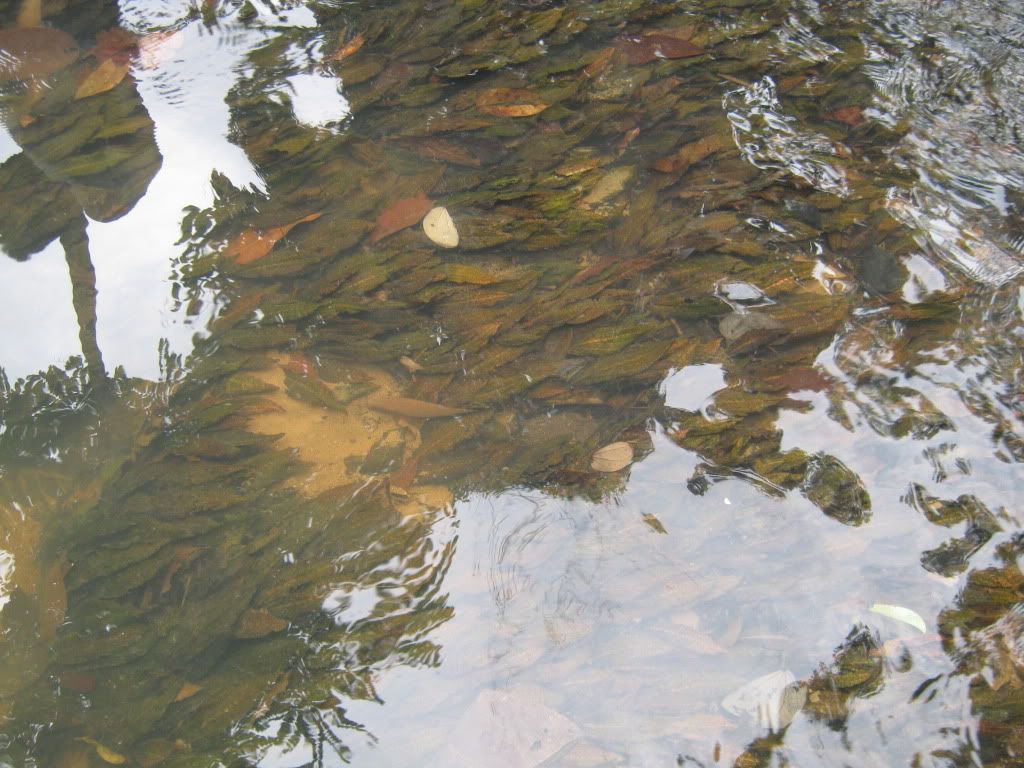
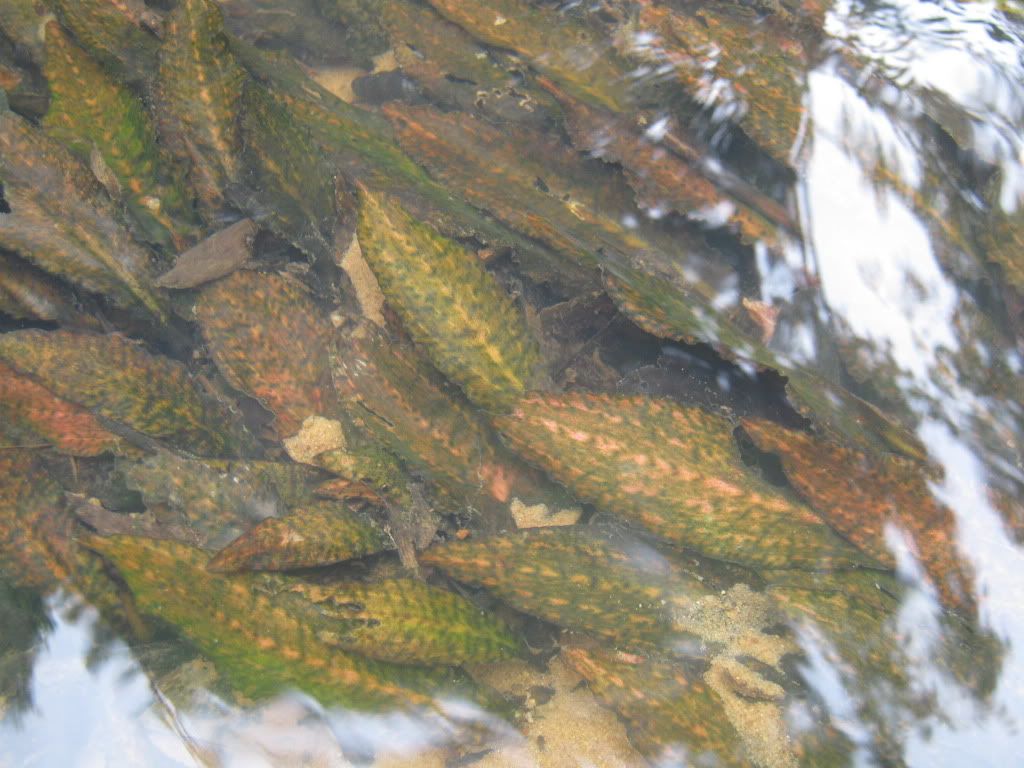

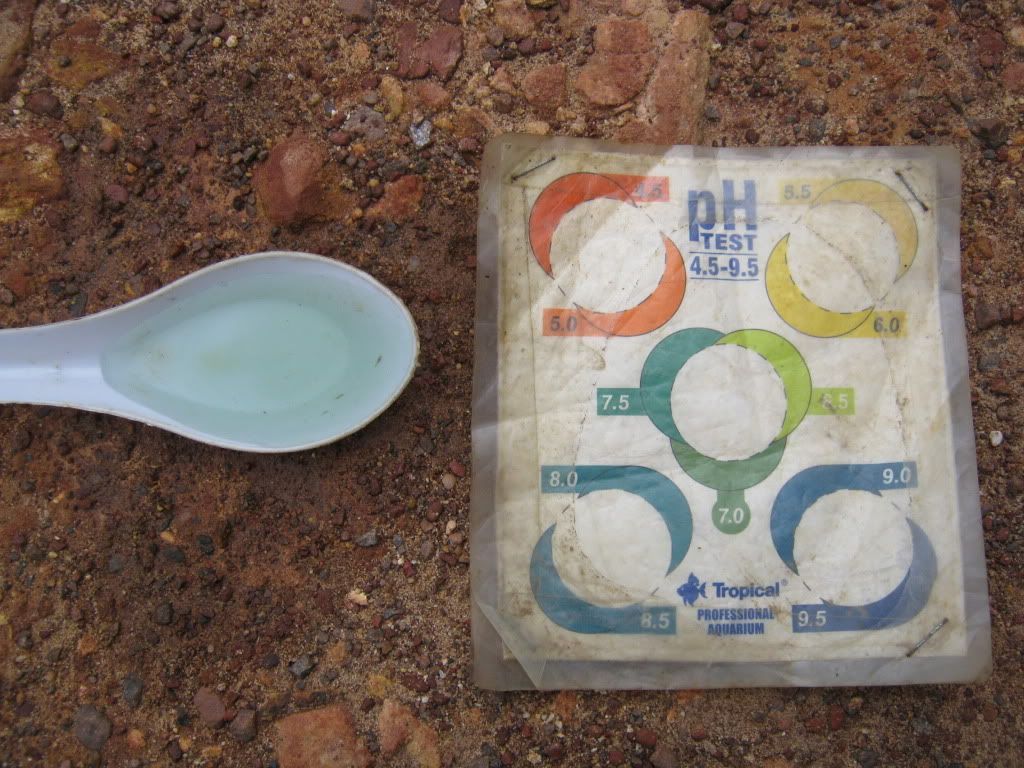
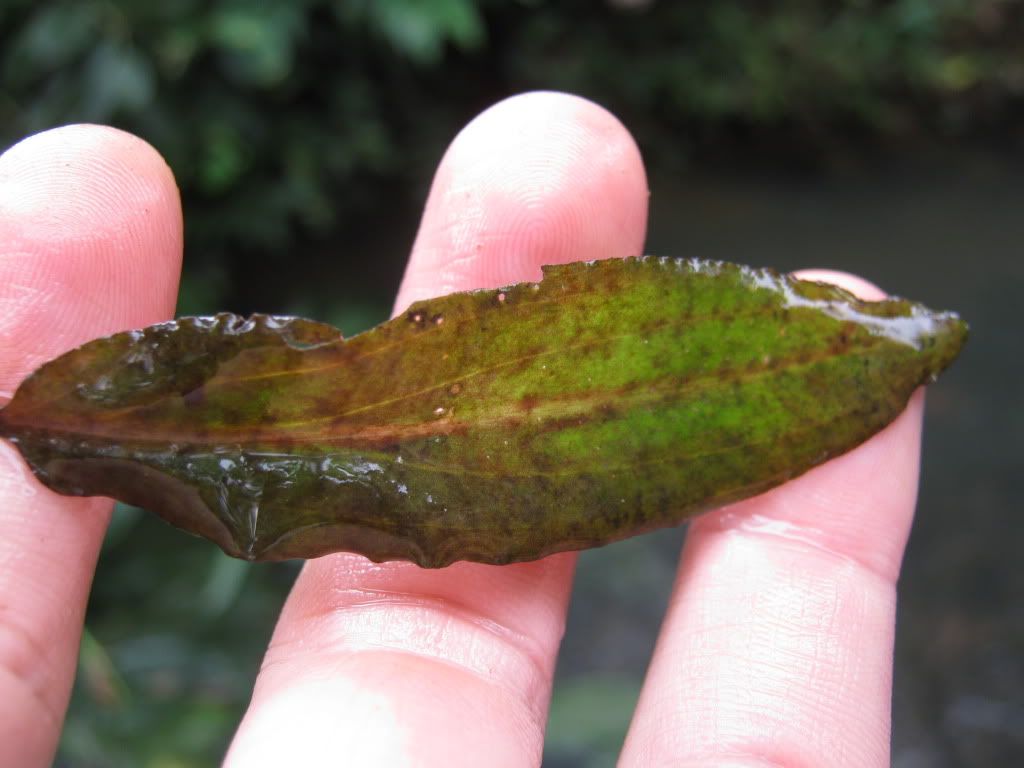
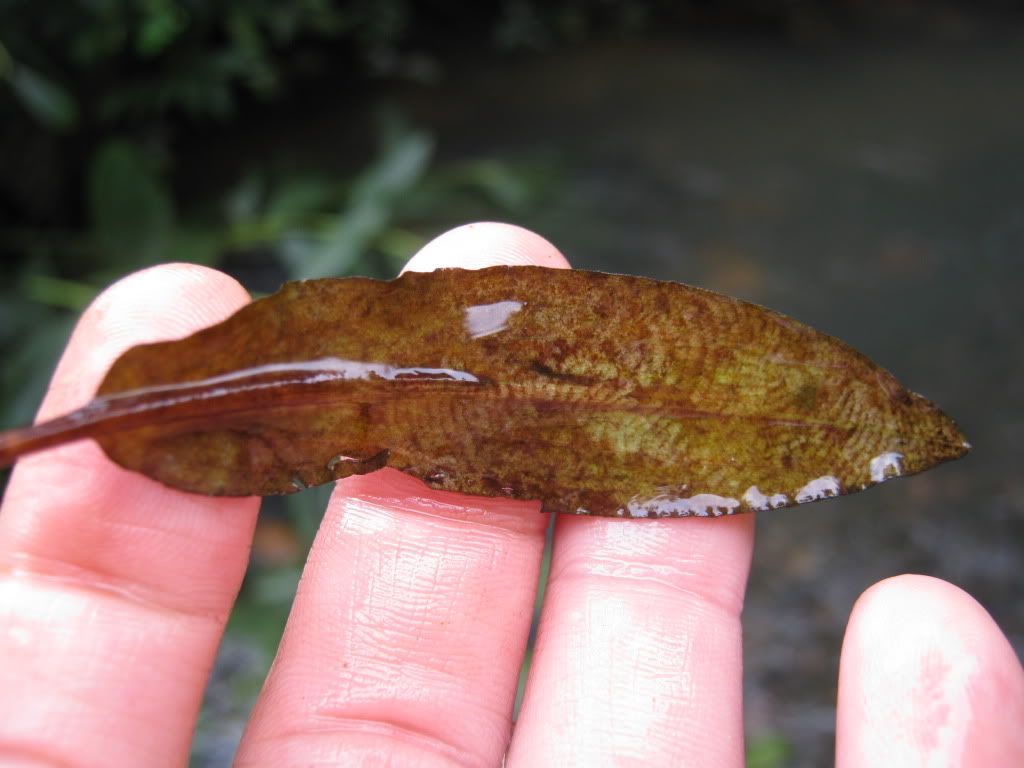


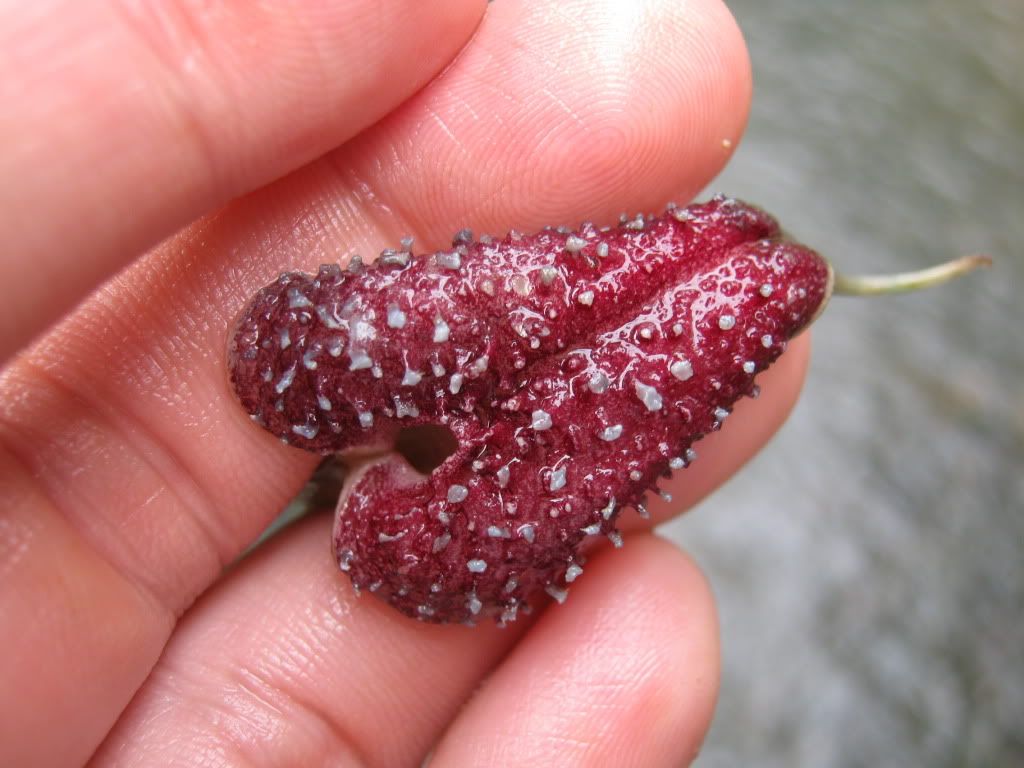

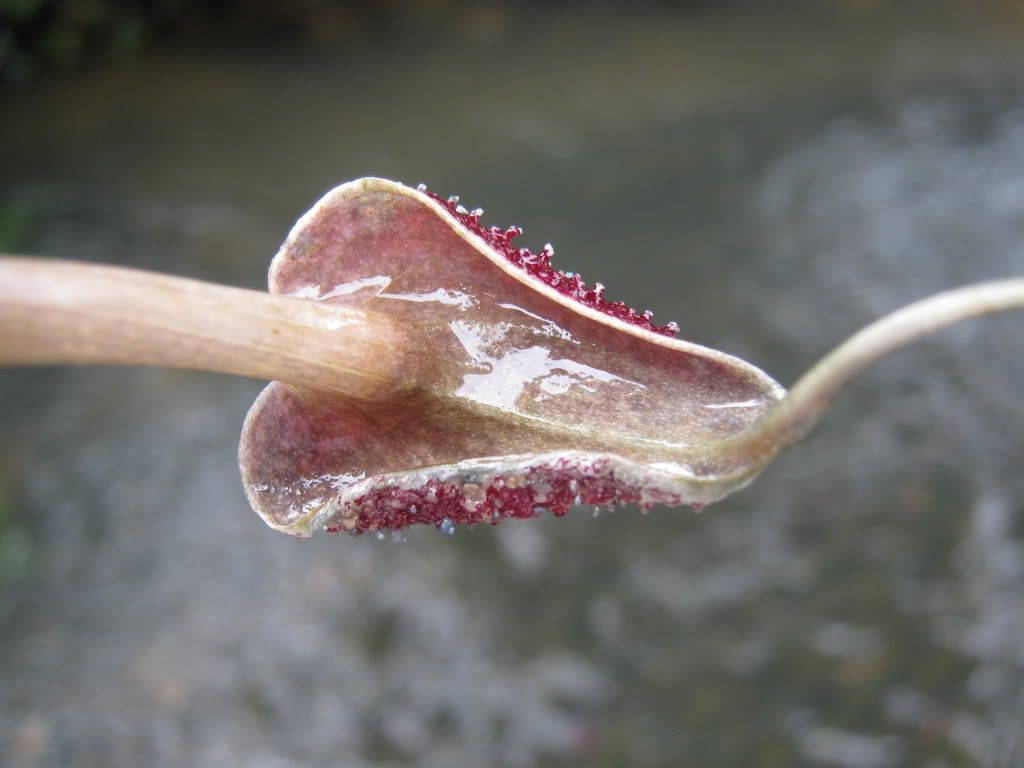

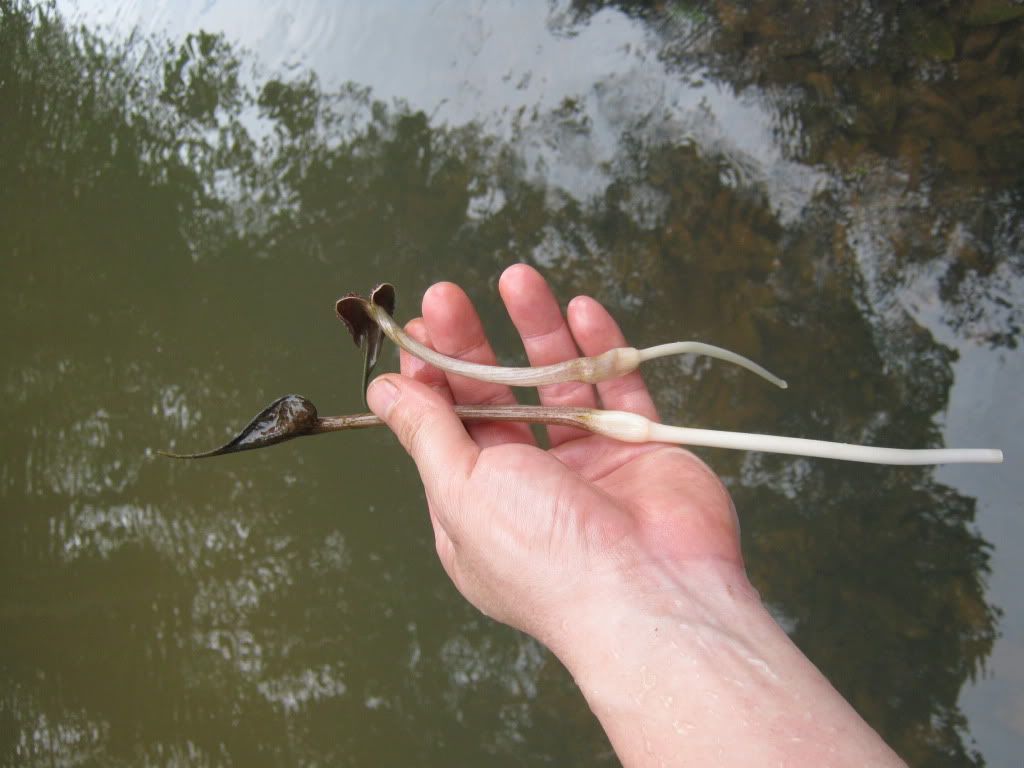
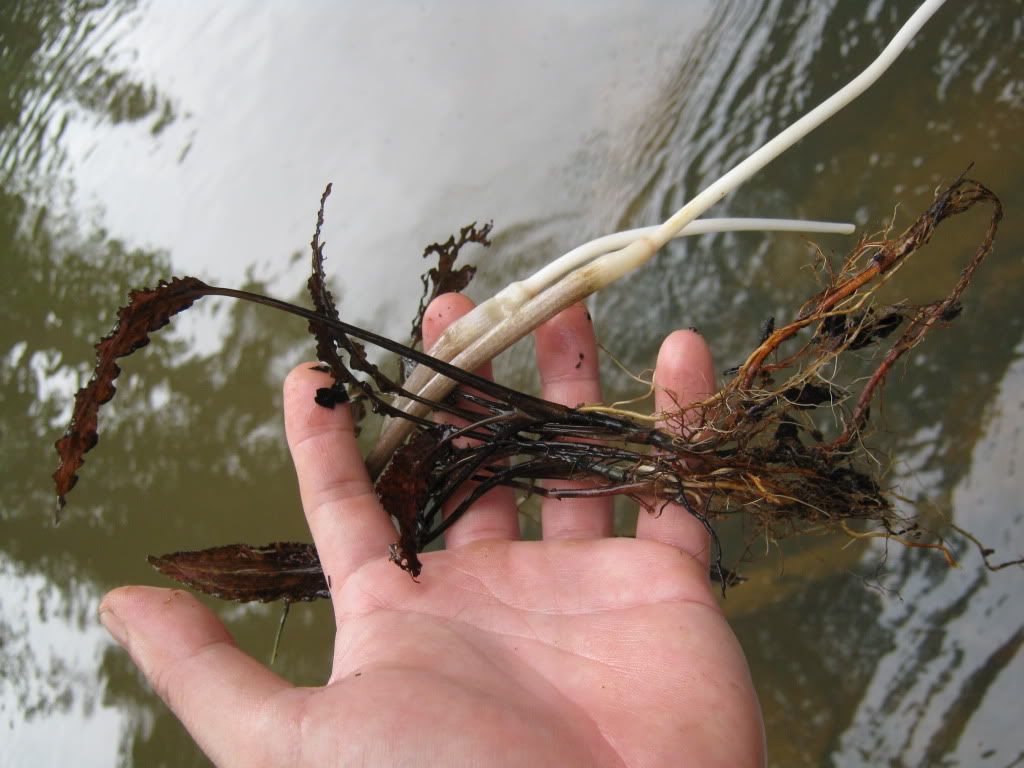
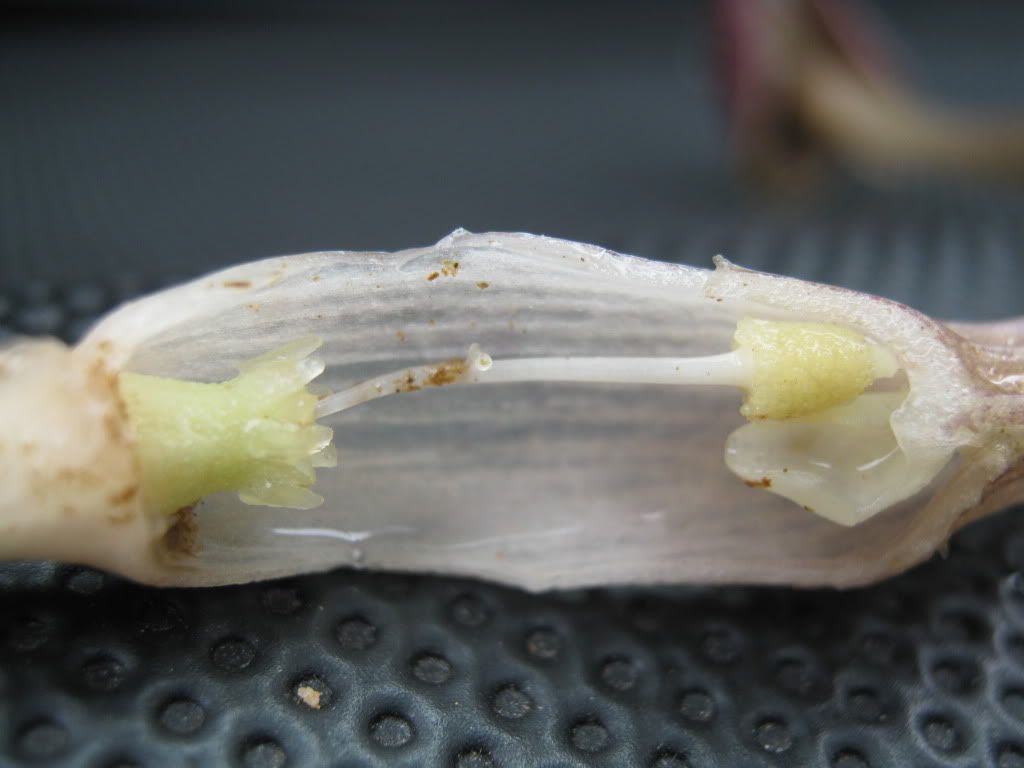


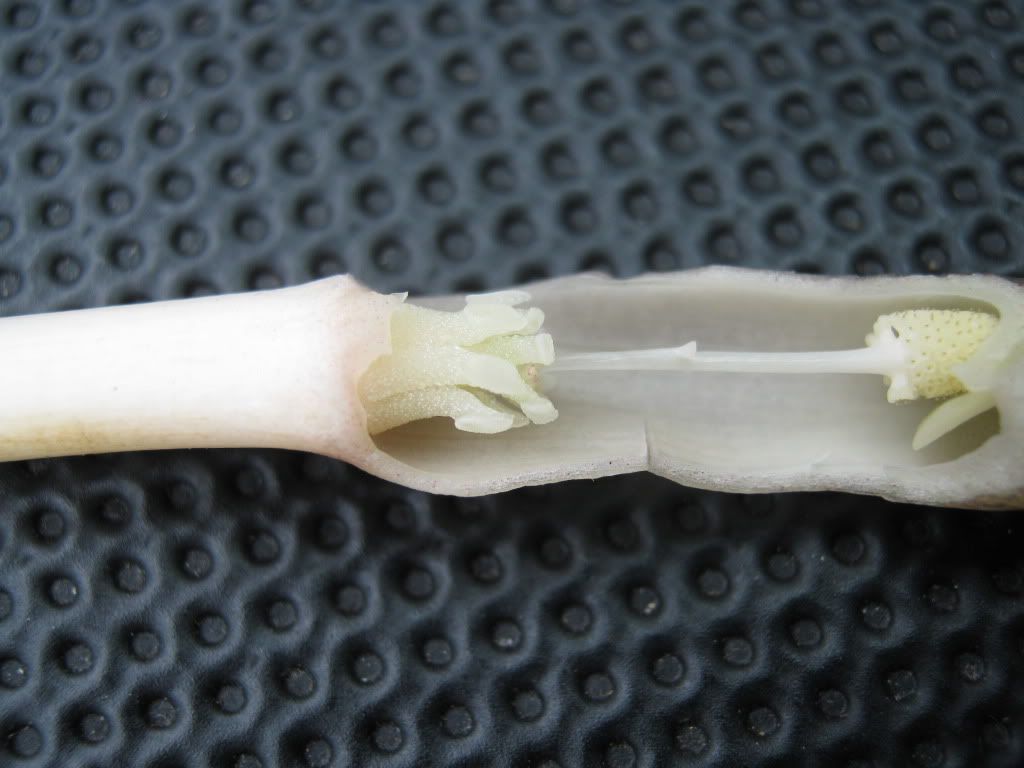
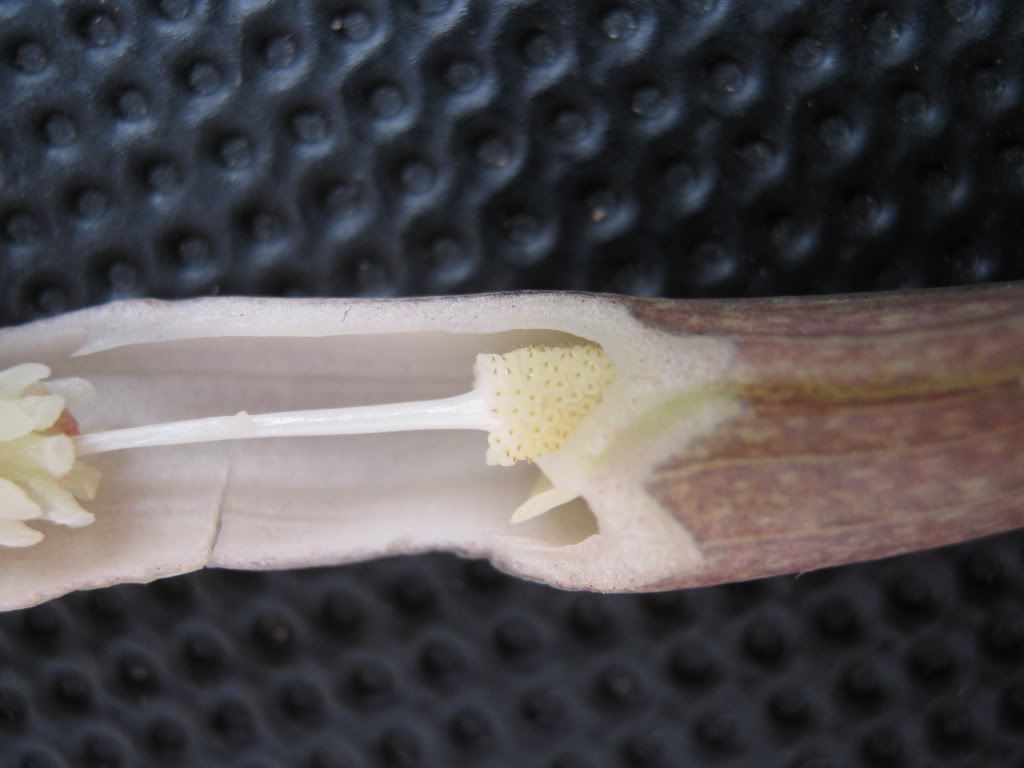
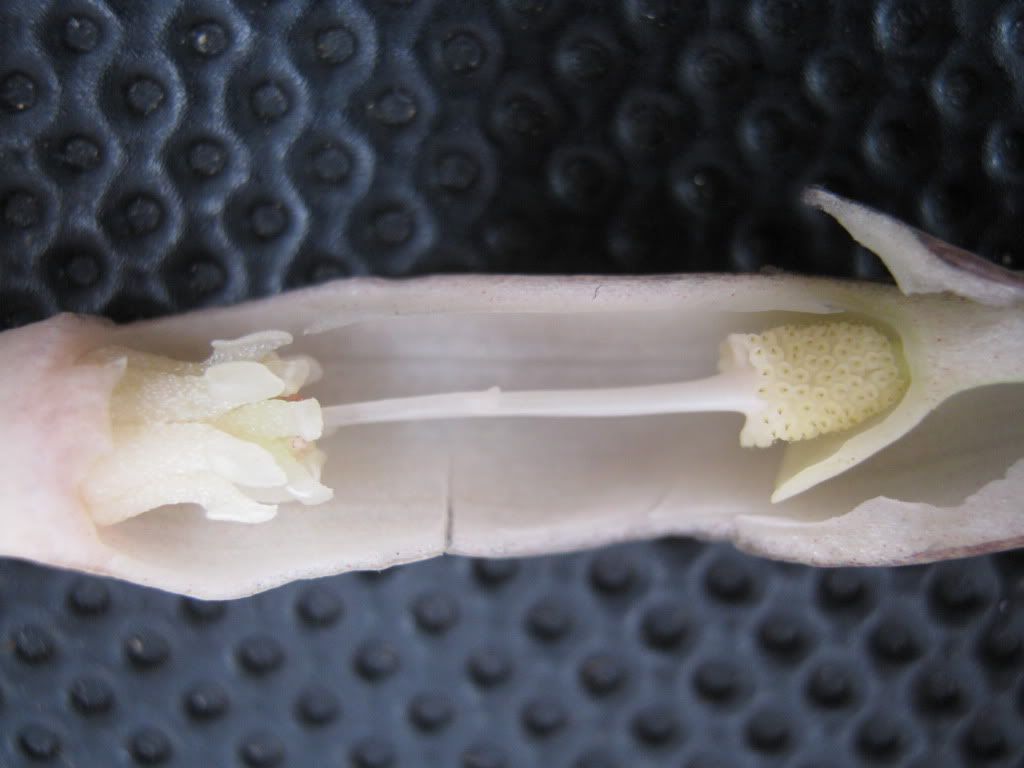
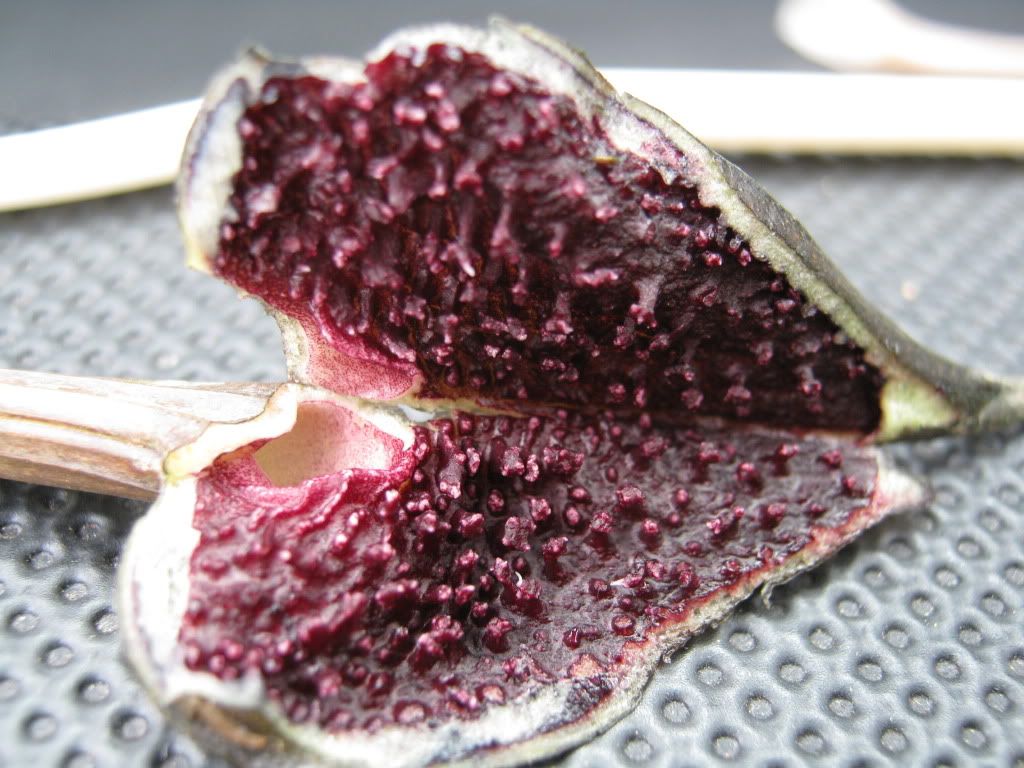

No comments:
Post a Comment